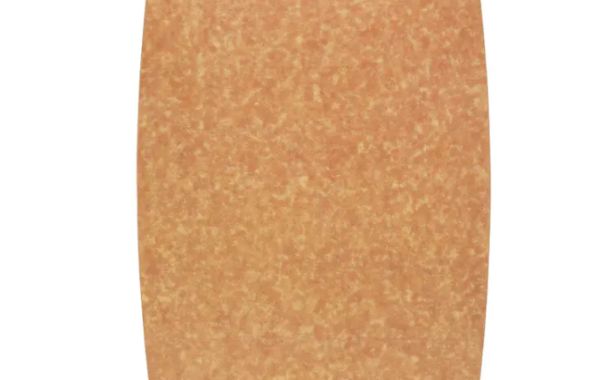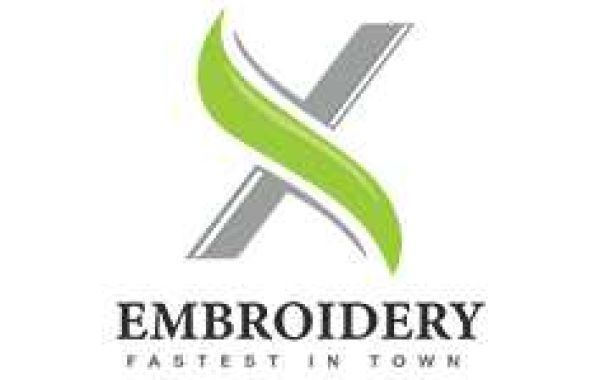Wood fiber cutting boards have emerged as popular choices in kitchens worldwide, offering a blend of functionality, durability, and sustainability. Crafted from compressed wood fibers, these cutting boards provide a sturdy and reliable surface for food preparation while also boasting eco-friendly credentials.
One of the key advantages of wood fiber cutting boards is their durability. The dense and tightly packed fibers make these boards resistant to cuts, scratches, and warping, ensuring longevity even with regular use. Unlike traditional wooden cutting boards, which may splinter or crack over time, wood fiber boards maintain their integrity, providing a hygienic and safe surface for cutting and chopping various ingredients.
Additionally, wood fiber cutting boards are gentle on knives, helping to preserve blade sharpness and prolonging the lifespan of kitchen utensils. The natural resilience of the wood fibers absorbs the impact of knife cuts, reducing wear and tear on the blade edges. This makes wood fiber cutting boards an ideal choice for both professional chefs and home cooks who prioritize kitchen tool maintenance.
Moreover, wood fiber cutting boards are environmentally sustainable choices for eco-conscious consumers. Made from renewable wood fibers and often manufactured using eco-friendly processes, these boards minimize the environmental impact associated with kitchenware production. Furthermore, at the end of their lifespan, wood fiber cutting boards can be recycled or composted, contributing to a circular economy and reducing landfill waste.








